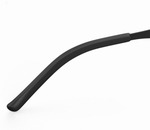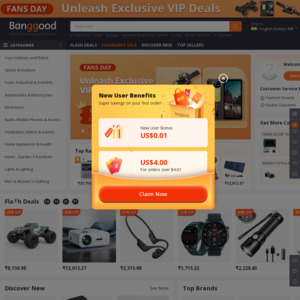Update: AliExpress has these for $46.99 shipped. (Thanks to @frondono)
Why? Because it's Xiaomi and I Gotta Catch 'Em All.
This were the cheapest I was able to find for the Traveller version delivered. You can find an unboxing and review video here.
Features:
1. Light and thin, only 0.5mm and 24g.
2. Frame has excellent high temperature dimensional stability, tensile strength, anti-permeability and flame retardancy, permanent deformation less than 5mm.
3. Stable and durable physical properties that block ultraviolet light and harsh light, protect eyes.
4. Innovative structure without screws without solder joints.
5. Specially designed for versatile outdoor activities like climbing, driving, fishing, hiking, and more.
Specifications:
Brand: Xiaomi
Gender: For Men
Lens Material: Nylon
Frame Material: Stainless Steel
Functions: 100% UV protection (UV 400), Windproof, Dustproof
Total Length: 145mm
Lens Width: 59mm
Nose Bridge Height: 15mm
Product Weight: 24g
Package Included:
1 x Pair of Sunglasses
1 x Box




These better be Google Glass alternatives at that price.